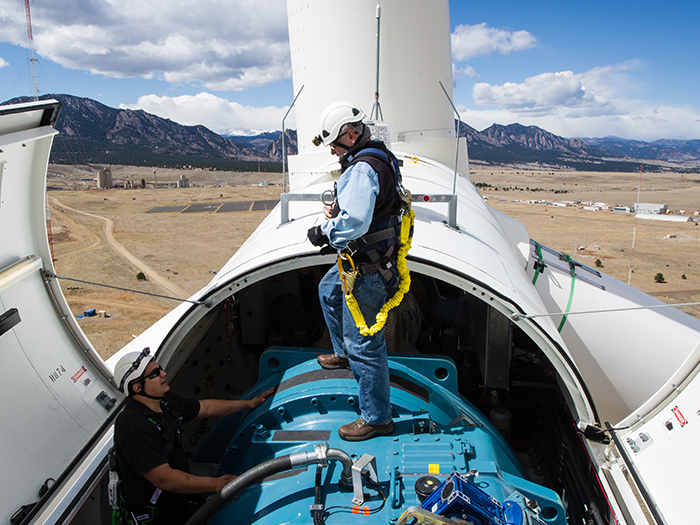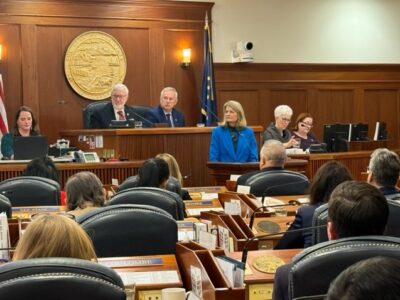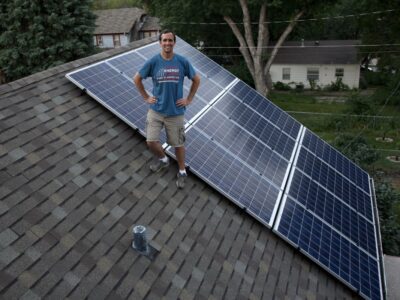The 2022 Inflation Reduction Act (IRA) was designed to have a significant effect on the environment by boosting clean energy and cutting emissions in the United States. It will take a few years to gauge the actual environmental impact, but the IRA has already been a boon to the U.S. economy by creating hundreds of thousands of jobs.
Environmental Entrepreneurs (E2), a nonpartisan group of business leaders who advocate for clean energy, estimates that about 403,000 jobs will be created due to the IRA, which was signed into law in August 2022.
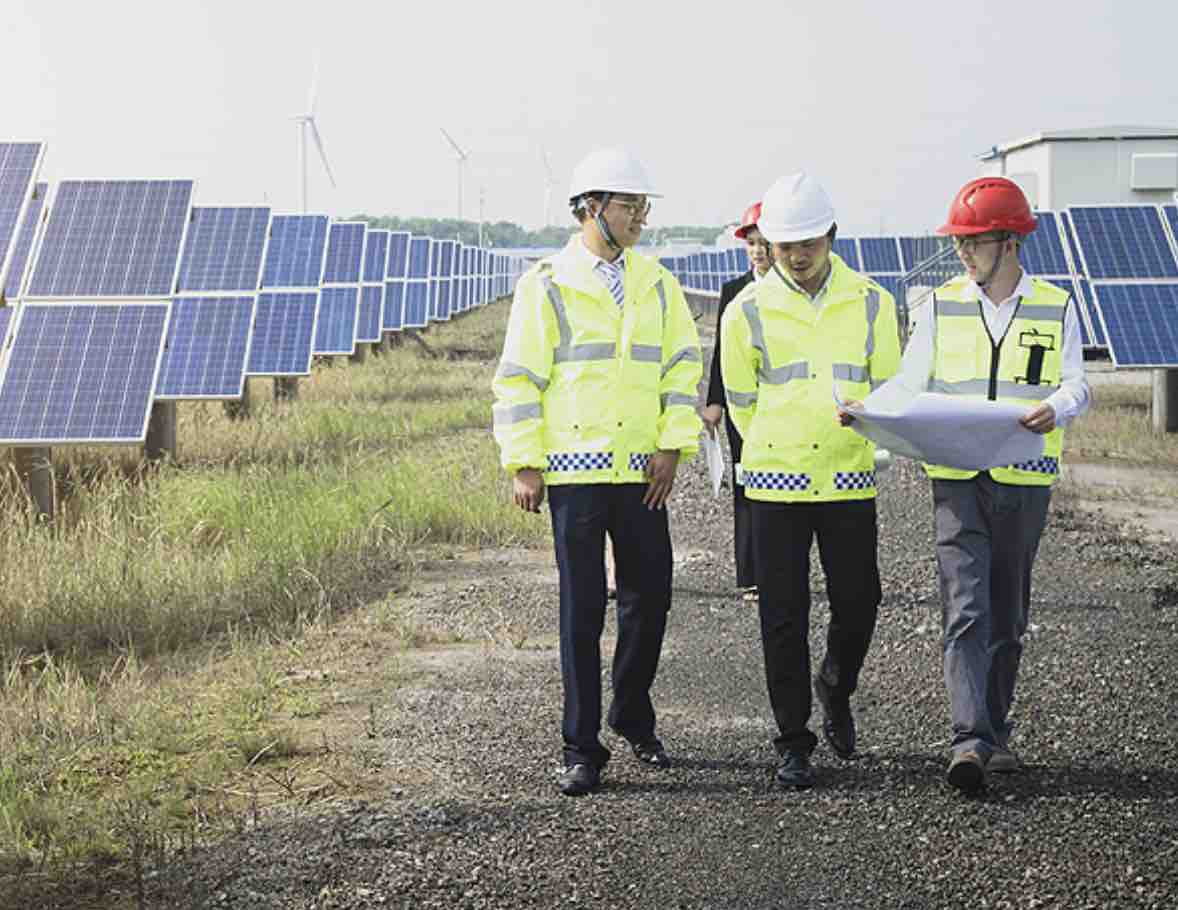
Photo Courtesy E2
The largest job gains are expected in the electric vehicle (EV), battery storage, and solar energy sectors. As of November 2023, the Associated Press (AP) reported that at least $86 billion in clean energy investments had been announced.
“We’re in the biggest economic revolution we’ve seen in generations thanks to the Inflation Reduction Act and other clean energy policies,” Bob Keefe, E2 executive director, told the AP.
An E2 analysis released on Nov. 1 modeled the economic benefits of 210 clean energy, EV production, and other projects announced across 38 states following the passage of the IRA.
The analysis found that if all the projects are completed as described, they would have the following impact:
- Create or support 303,500 jobs during the construction phase and 99,600 jobs after the projects are up and running.
- Add $156 billion to the U.S. economy during construction and $13 billion annually over their operational lifetime.
- Generate $32.5 billion in federal, state, and local tax revenues during construction and another $2.9 billion annually after they’re up and running.
- Add $111 billion in wages during construction and another $8.4 billion a year during operation.
According to the E2 analysis, EV projects are “leading the clean economy boom” by accounting for 185,700 jobs and adding $18.5 billion to U.S. gross domestic product (GDP) annually for five years during construction. The battery storage sector ranked second with 48,800 jobs and $5 billion added to the GDP, followed by solar energy with 35,000 jobs and $3.6 billion added to the GDP.
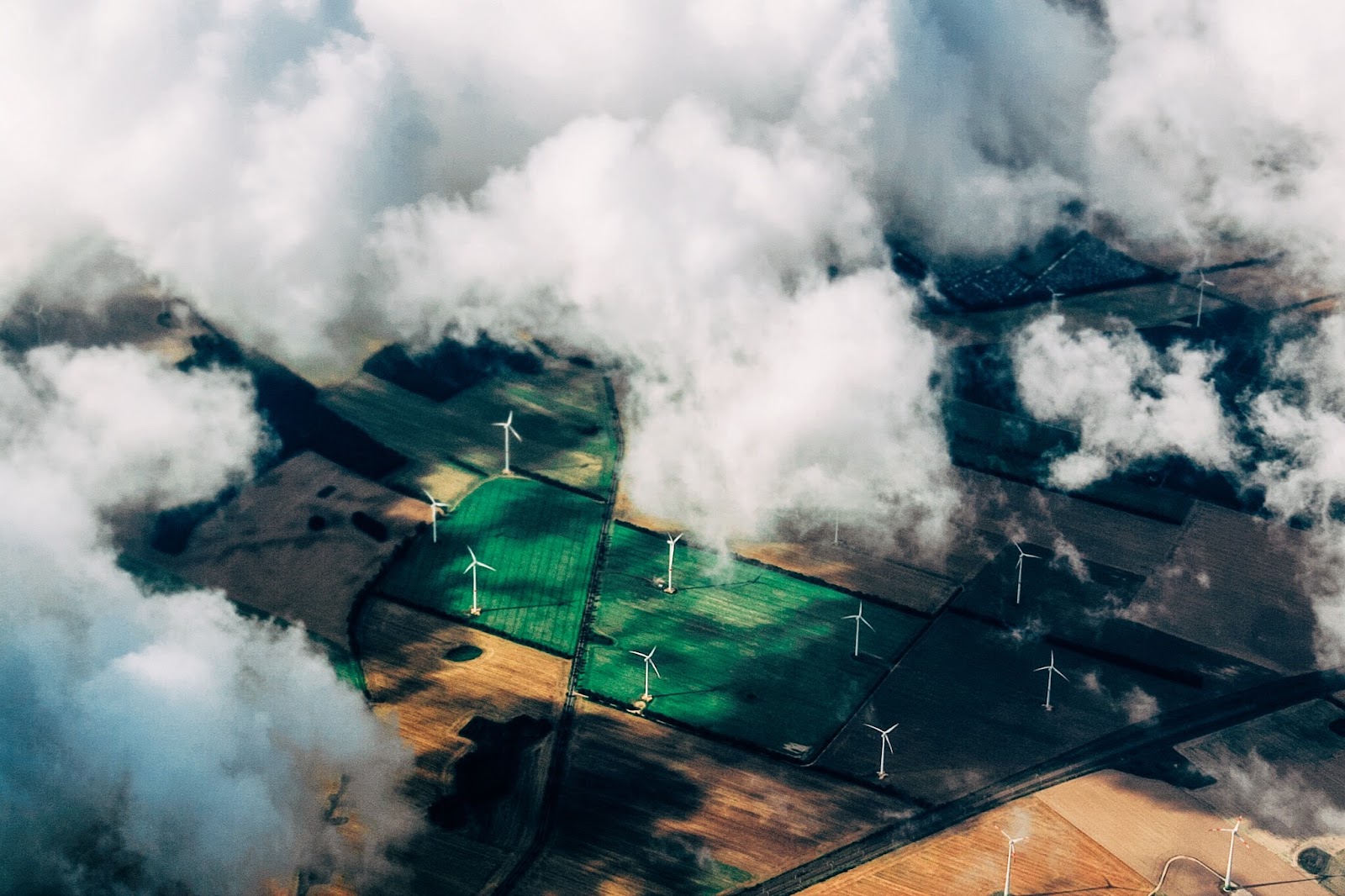
Photo Courtesy E2
Once up and running, EV projects alone are projected to support nearly 55,000 jobs and add $7 billion to the economy each year over the life of the projects, E2 said in a press release. The battery storage sector ranked second with 13,600 jobs and $1.8 billion added, followed by solar energy, with 12,100 jobs and $1.8 billion added every year.
“Even if you don’t care about climate change, even if you don’t like clean energy or electric vehicles, you ought to like the jobs, investments, sales, and tax dollars coming to your state and your community because of this clean economy transformation,” Keefe said in a statement.
The E2 analysis came on the heels of a July report from Climate Power showing that in less than a year following the passage of the IRA, companies announced or moved forward with projects accounting for more than 170,600 new clean energy jobs for electricians, mechanics, construction workers, technicians, support staff, and others.
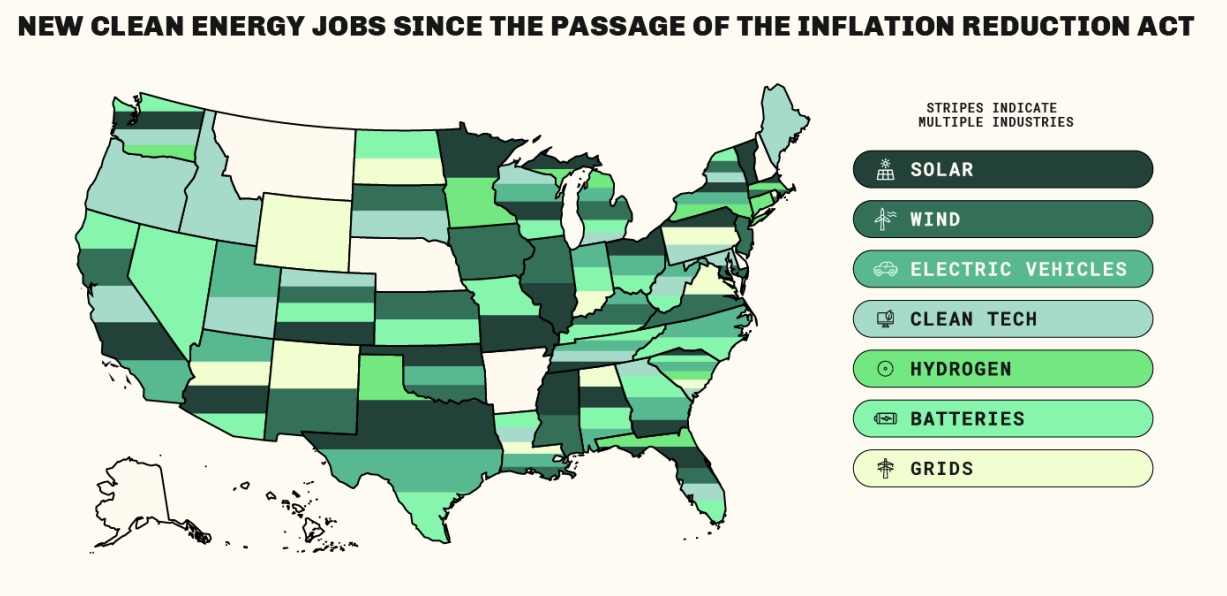
Photo Courtesy Climate Power
These jobs stretched more than 272 new clean energy projects in 44 states and represented $278 billion in new investments. Many also received funding from the 2021 Bipartisan Infrastructure Law.
According to the Climate Power report, plans include 91 new battery manufacturing sites ranging from Tucson, AZ, and Rochester, NY, to Florence County, SC.
Companies also have announced plans for 65 new or expanded EV manufacturing facilities in cities that include Savannah, GA; Montgomery, AL; and Auburn Hills, MI.
An additional 84 plans were announced to develop wind and solar manufacturing in cities such as Cochranton, PA; Pensacola, FL; and Georgetown, TX. The majority of projects are in five states — Texas, Georgia, South Carolina, California, and Michigan.
Meanwhile, new jobs indirectly related to the announced projects might include lumber mills hiring more staff to handle growing demand for construction materials or, as Fortune reported, a pickup in restaurant/retail businesses patronized by construction and factory workers.
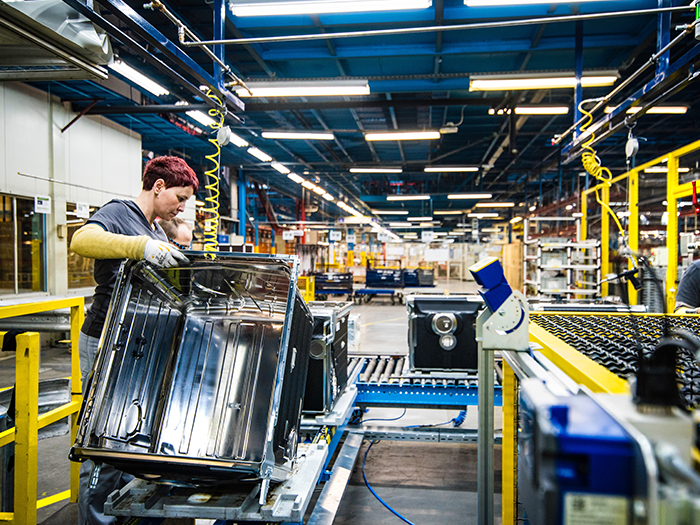
Photo Courtesy cleanjobsamerica.e2
“When new clean energy facilities and hundreds of new jobs come to a community, they pay employee salaries and feed a growing local supply chain,” Cai Steger, director of policy research at BW Research, said in a statement. “[This benefits] everyone from local restaurants and small businesses to the public schools and fire departments that benefit from higher tax revenues.”

